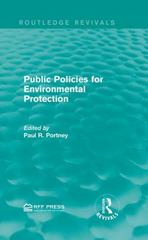Question
Consider a population of entrepreneurs whose skill at running a business is measured by the probability of causing the firm to close down. Suppose there
Consider a population of entrepreneurs whose skill at running a business is measured by the probability of causing the firm to close down. Suppose there are 3 types of skill: high, medium, and low and assume that the medium type has a probability of failing equal to the population-wide average, while this probability for the high and low types are 50% lower and higher, respectively. At birth, individuals draw one of the skill types from a uniform distribution (i.e. 1/3, 1/3, 1/3), but they do not observe it and they cannot change it. Instead, they learn about it over time by observing their own path of business successes and failures. Assume that entrepreneurs are "born" at the age of 25, they "die" at the age of 65, and after every bankruptcy they "restart" with another firm.
Is this a good approach to think about overconfidence? List some upsides and downsides. What elements could be added to make it more realistic?
Step by Step Solution
There are 3 Steps involved in it
Step: 1

Get Instant Access to Expert-Tailored Solutions
See step-by-step solutions with expert insights and AI powered tools for academic success
Step: 2

Step: 3

Ace Your Homework with AI
Get the answers you need in no time with our AI-driven, step-by-step assistance
Get Started


